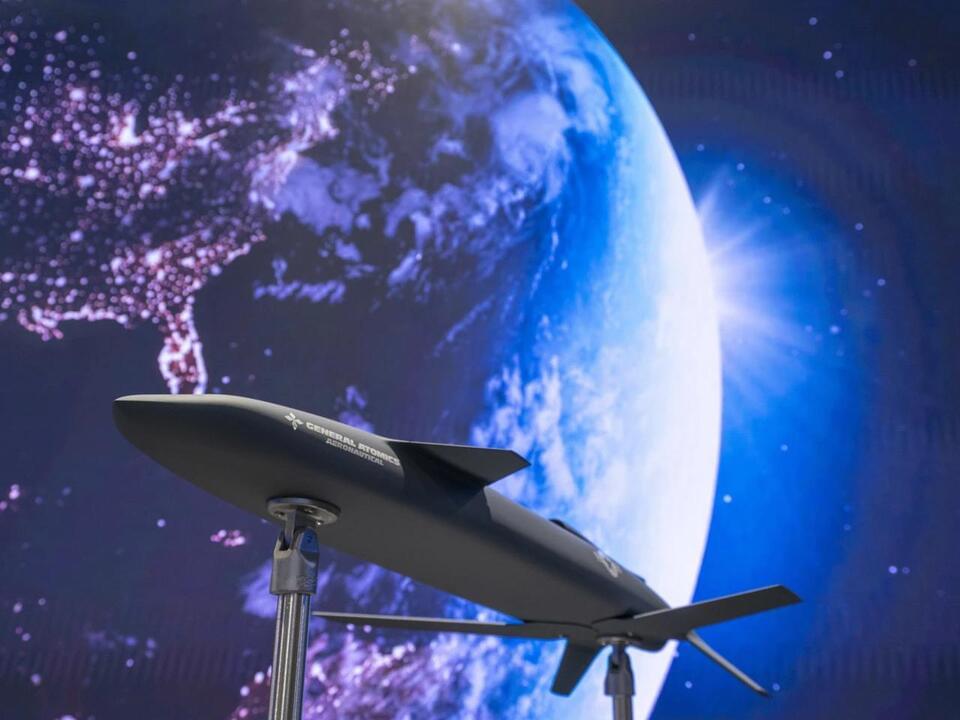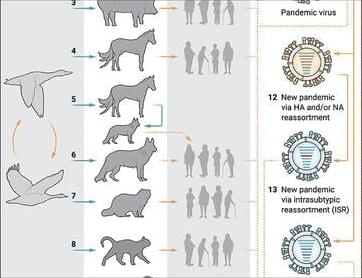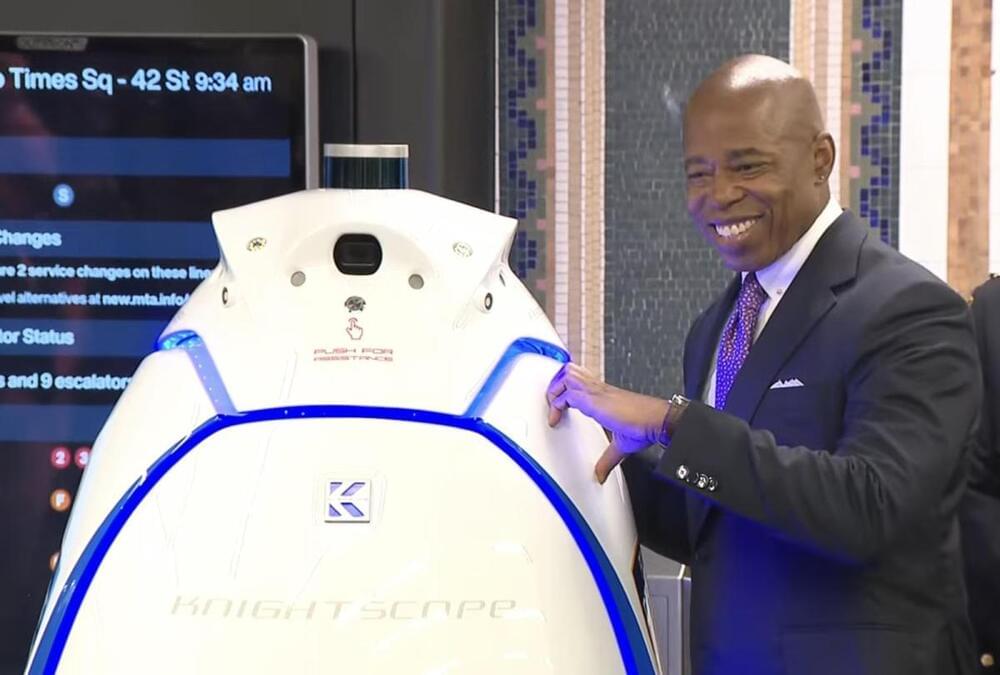Are bright cities making it worse for birds during their migrations? Find out here!
A recent study published in Nature Communications examines how increased levels of artificial light, specifically in urban areas, has contributed to increased bird deaths during their annual migrations. This study comes as hundreds of birds were killed after colliding with a Chicago building, and despite a 2021 study recommending that reduced building lights would reduce bird collisions by 60 percent. This recent study holds the potential to help scientists and the public better understand how rapidly expanding urban areas are impacting bird migration and their safety.
For the study, the researchers used the Next Generation Radar (NEXRAD), which is jointly operated by the U.S. Air Force, Federal Aviation Administration, and the U.S. National Weather Service, to track bird migration stopover density during spring (March 15 to June 15) and fall (August 15 to November 15) seasons between 2016 and 2020. After analyzing more than 10 million radar observations, the researchers found that light pollution was the second-highest ranked reason for birds stopping for breaks out of 49 reasons measured for the study, with the top reason being elevation.
“Cities pose multiple risks to migrating birds,” said Dr. Geoff Henebry, who is a professor at the Center for Global Change and Earth Observations at Michigan State University and a co-author on the study. “They also offer resources for the tired birds to rest and refuel. Our study is notable in that it combines big data – and a lot of processing – from the weather surveillance radar network with big data from multiple spaceborne sensors to address key questions regarding the influence of urban areas on bird migration.”







